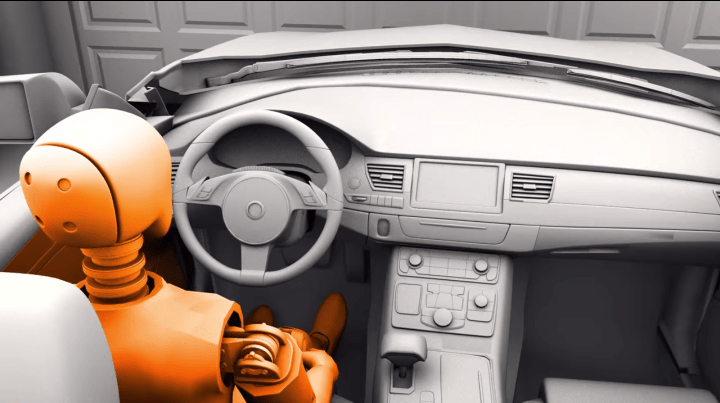
So how does it work? DADSS detects alcohol levels by way of two key mechanisms — the first is a breathalyzer system located either on the steering wheel or the driver’s side door that is capable of detecting alcohol in the air particles around it. This means that even if the driver doesn’t have the foresight to blow into the device, or doesn’t want to, the system will still be able to determine how many drinks he or she has imbibed.
The other method involves a touch sensor mounted either on an ignition button or a gear shift that employs near-infrared tissue spectroscopy to determine the driver’s blood alcohol content. Like the breathalyzer system, if it registers over the legal limit of 0.08, the system will disable the care, and driving simply won’t be physically possible. Additional features include programming cars to shut down if the driver is under 21 and has had anything at all to drink.
DADSS is still several years away from being implemented in real cars. While the NHTSA would certainly advocate for automakers to install the technology in their vehicles, it would not be a required feature. The agency hopes that with a successful initial launch, DADSS will eventually become commonplace.
Still, the system has met with some opposition, with skeptics claiming that it will not curb drunk driving as much as it will simply prevent casual drinkers from getting home safely. After all, the American Beverage Institute points out, your BAC level rises over time before eventually dropping, and if a car were to stop operating mid-highway, this could present not only a huge inconvenience, but a risk in and of itself.
But NHTSA head Mark Rosekind remains optimistic. “There is still a great deal of work to do, but support from Congress and the industry has helped us achieve key research and development milestones,” he said. “DADSS has enormous potential to prevent drunk driving in specific populations such as teen drivers and commercial fleets, and making it an option available to vehicle owners would provide a powerful new tool in the battle against drunk driving deaths.”


